
You can tweak Ubuntu in several ways to customize its looks and behavior. The easiest way I find is by using the GNOME Tweaks, also called Tweaks.
I have mentioned it numerous times in my tutorials in the past. I list all the significant tweaks you can perform with this tool.
I have used Ubuntu here, but the steps should apply to any Linux distribution using the GNOME desktop environment.
Install the GNOME Tweaks on Ubuntu
The GNOME Tweaks is available in the Universe repository in Ubuntu, so make sure that you have it enabled in your Software & Updates tool.
After that, you can install GNOME Tweaks from the software center. Just open the Software Centre and search for GNOME Tweaks and install it from there:
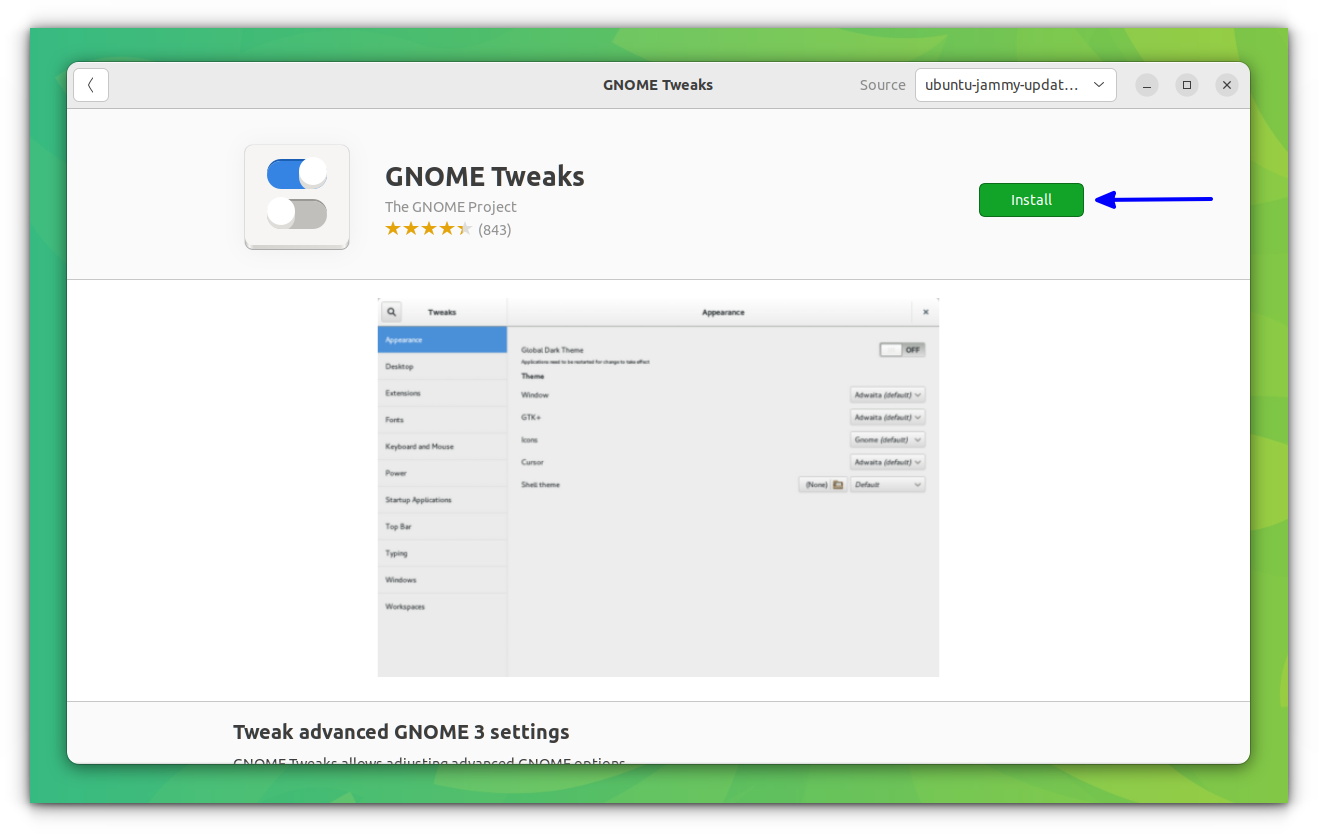
Alternatively, you may also use the command line to install software with the apt command:
sudo apt install gnome-tweaks
Customizing GNOME desktop with the Tweaks tool
1. Power Settings: Suspend the Laptop when the lid is closed
It allows you to put your laptop in suspend mode when the lid is closed.
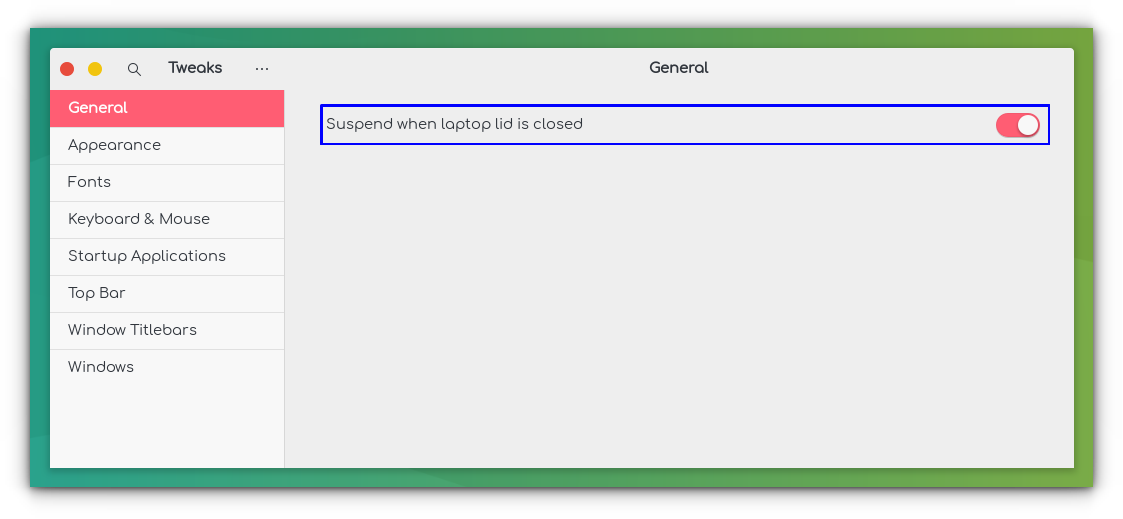
2. Change themes
You can install new themes in Ubuntu in various ways. But if you want to change to the newly installed theme, you’ll have to install GNOME Tweaks.
You can find the theme and icon settings in the Appearance section. You can browse through the available themes and icons and set the ones you like. The changes take effect immediately.

3. Change fonts and scaling factor
You can install new fonts in Ubuntu and apply the system-wide font change using the Tweaks tool. You can also change the scaling factor if you think the icons, and text are way too small on your desktop.

4. Control touchpad behaviour
The GNOME Tweaks also allow you to disable the touchpad while typing. This is useful if you type fast on a laptop. The bottom of your palm may touch the touchpad and the cursor moves away to an undesired location on the screen.
Automatically disabling the touchpad while typing fixes this problem.
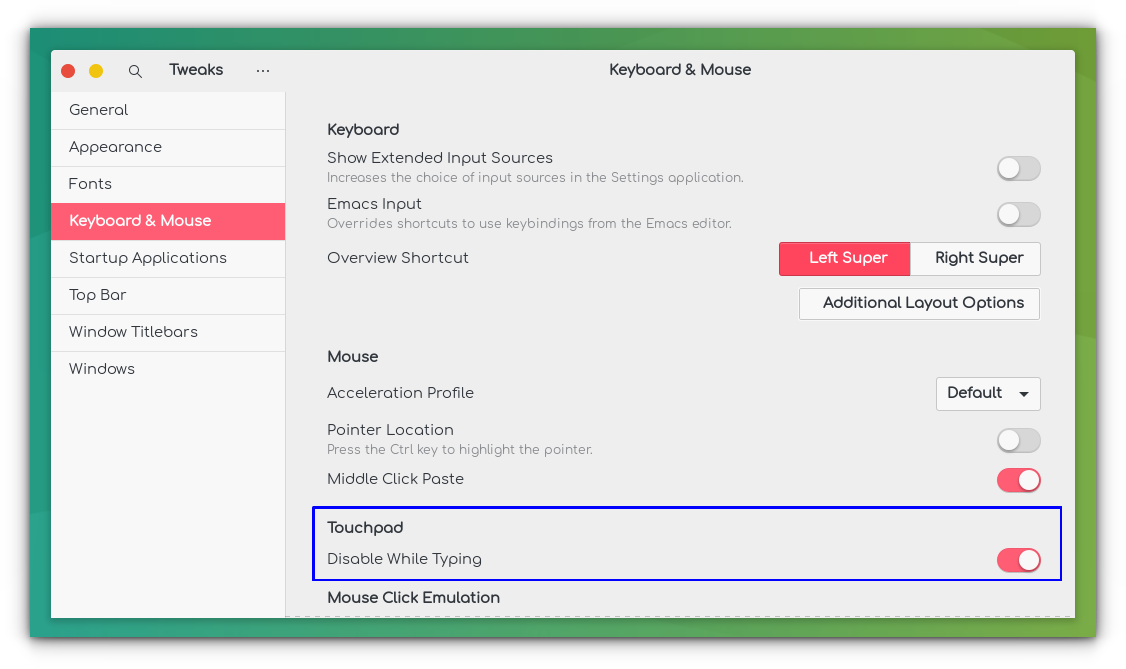
You’ll also notice that when you press the bottom right corner of your touchpad for a right click, nothing happens. There is nothing wrong with your touchpad. It’s a system setting, that disables the right-clicking this way for any touchpad that doesn’t have a real right-click button (like the old Thinkpad laptops). Two finger click gives you the right click.
You can also get this back by choosing Area under Mouse Click Simulation instead of Fingers.
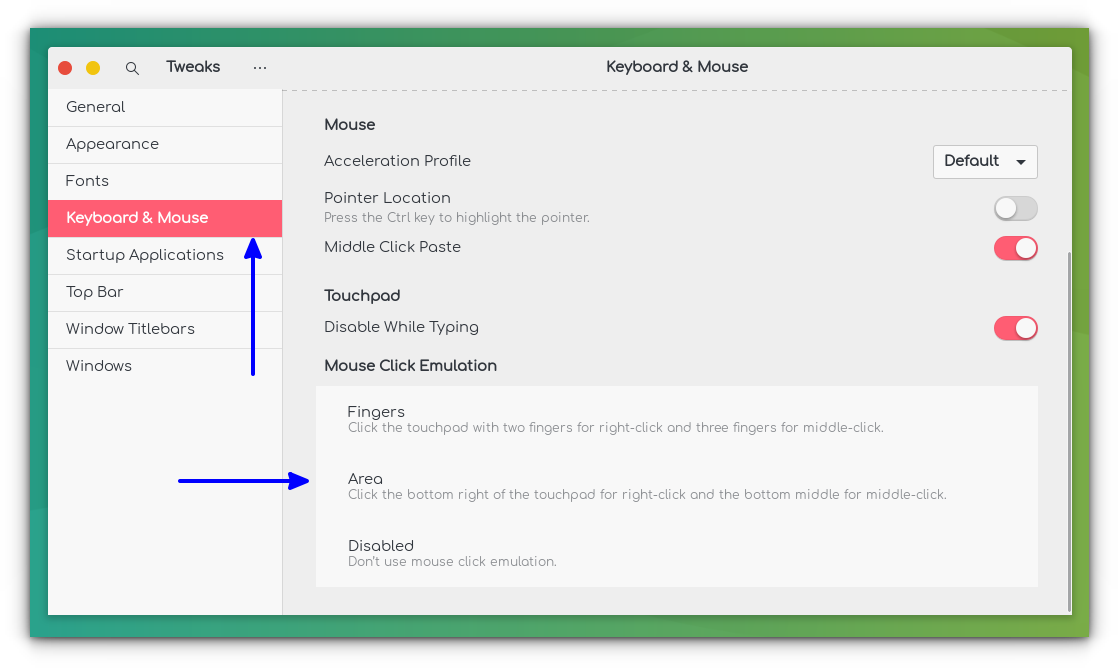
You may have to restart Ubuntu in order to take the changes into effect. If you are an Emacs lover, you can also force keybindings from Emacs.
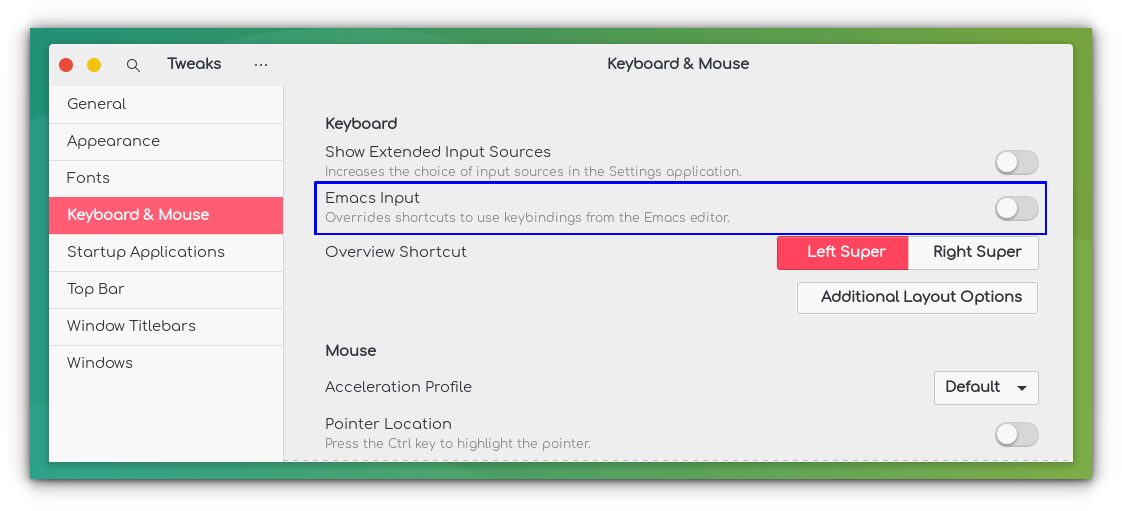
It's very easy to forget the location of your Mouse cursor sometimes. GNOME Tweaks provides an option, to highlight the current position of Mouse Cursor, in a wave manner.
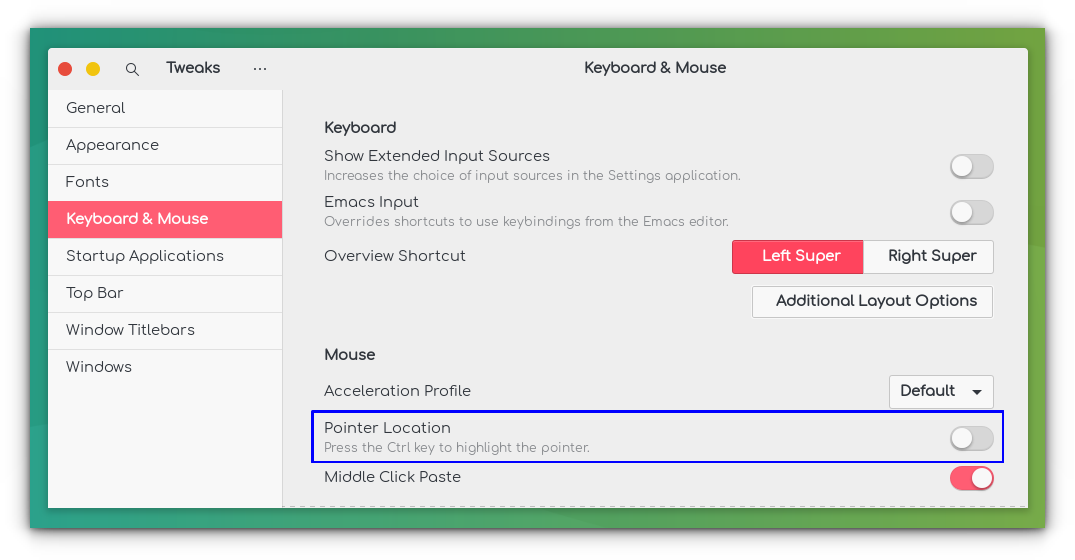
Enable this Pointer Location button in the Keyboard and mouse section to get this.
5. Decide what’s displayed in the top panel
The top panel on your desktop shows a few important things. You have the calendar, network icon, system settings and Activities option.
You can also display battery percentage, add date along with day and time and show week numbers. You can also enable hot corners so that if you take your mouse to the top left corner of the screen, you’ll get the activities overview with all the running applications.
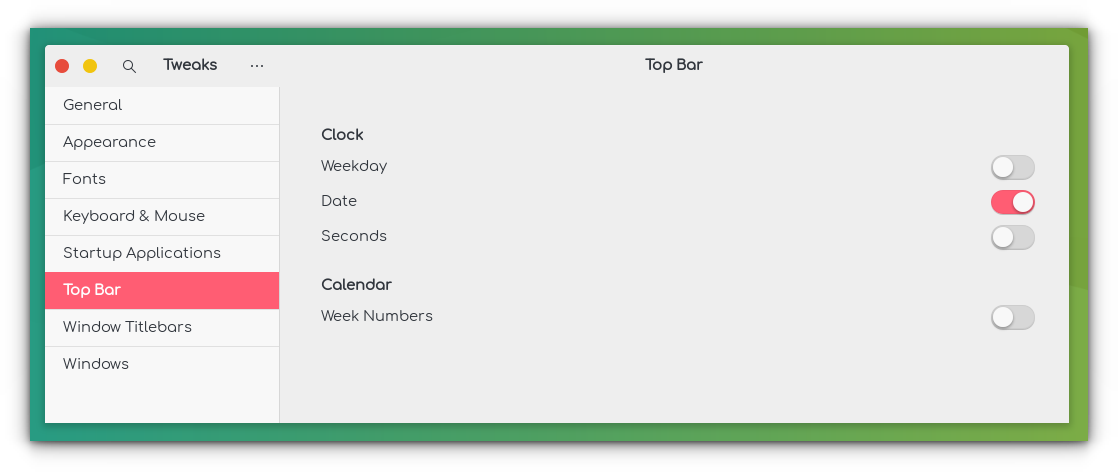
If you have the mouse focus on an application window, you’ll notice that its menu is displayed in the top panel. If you don’t like it, you may toggle it off and then the application menu will be available on the application itself.
6. Configure the application window title bar
These are minor tweaks that come in handy sometimes. By default, double-clicking on a Window will maximize it. This behaviour can be changed to some other actions using GNOME Tweaks.
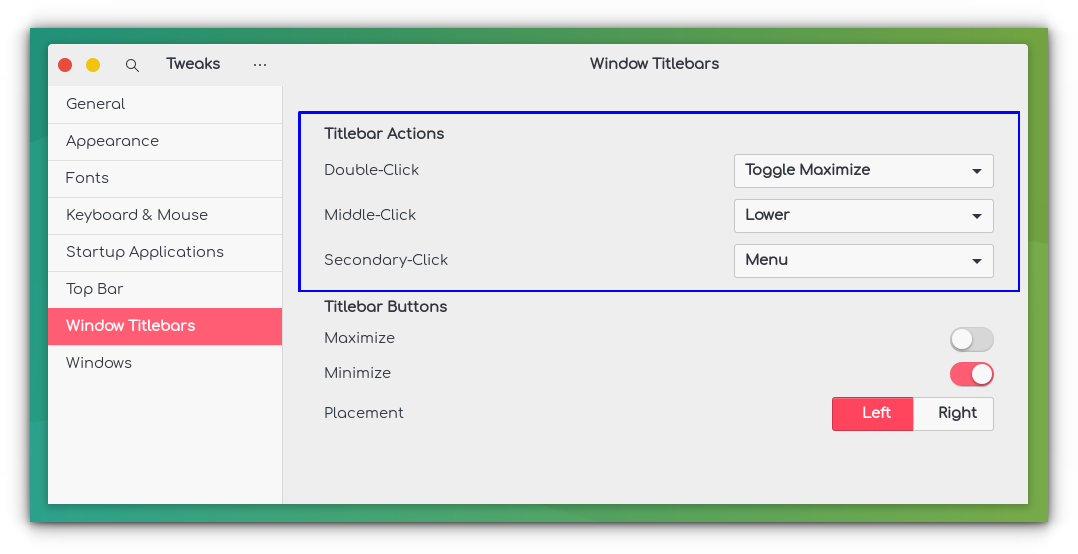
Similarly, you can change the behaviour of Middle-click or secondary click on a window title bar to your liking, from the available options.
Also, you can decide if maximize and minimize options (the buttons on the top right corner) will be shown in the application window. You may also change their positioning between left and right.
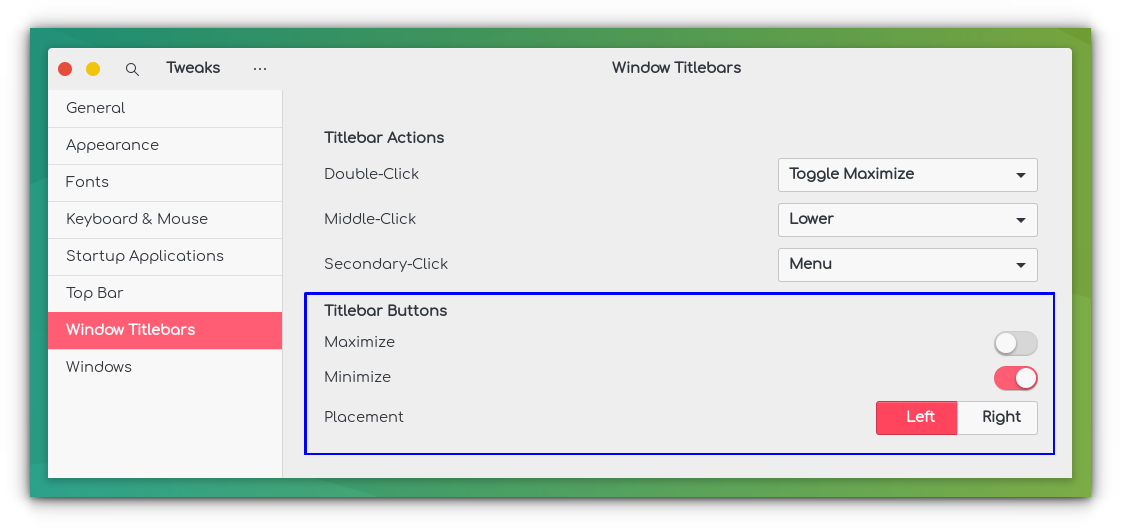
7. Configuring application windows
On the Windows tab of GNOME Tweaks, you get several tweaks related to the appearance of Windows.
- Toggling Attach Modal Dialogs, will attach the dialog box to the parent windows and cannot be moved individually.
- You can open new windows in the centre of the screen, by toggling the Centre New Windows option.
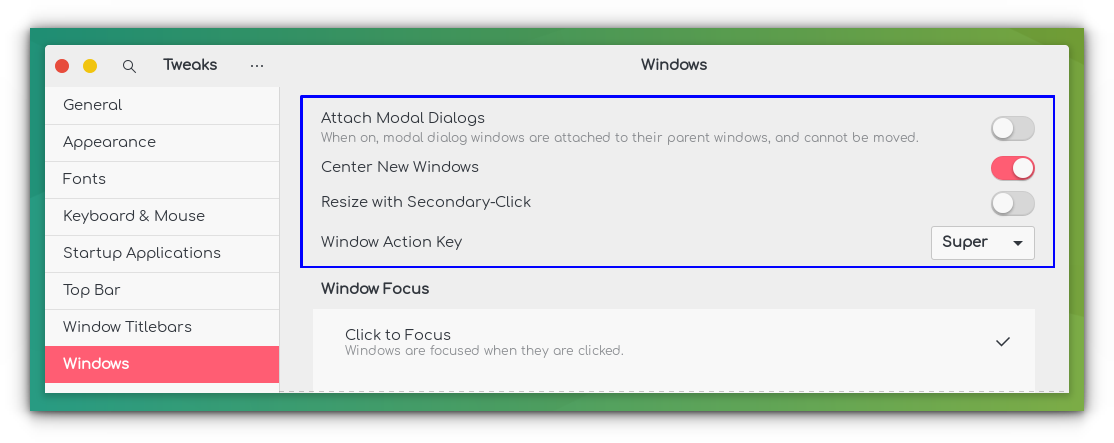
The default Window focus mode is Click to Focus. This means you can change the focus to another window by clicking on it. This can be changed to hovering or secondary-click to change focus.
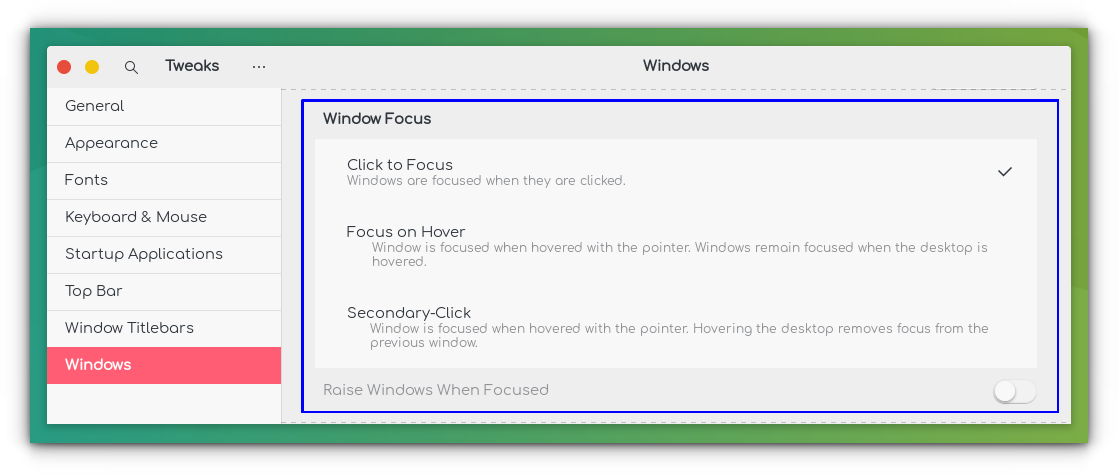
In the end…
Now you read about the GNOME Tweaks. How about some other ways to tweak your system?
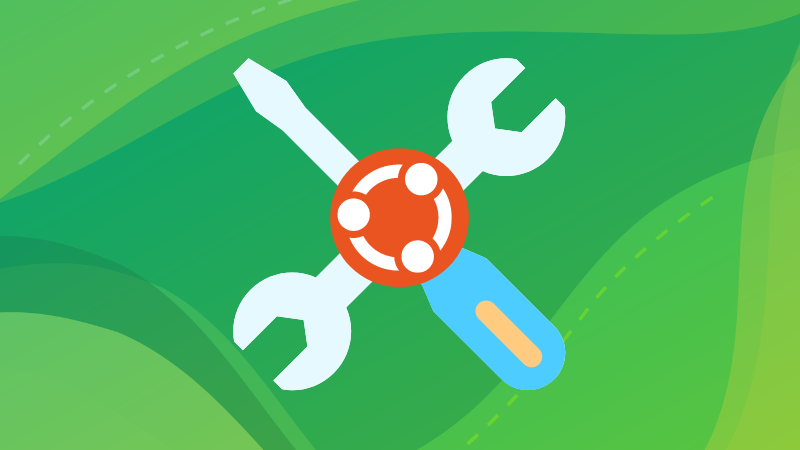
Maybe try some cool themes to change the looks of your system.
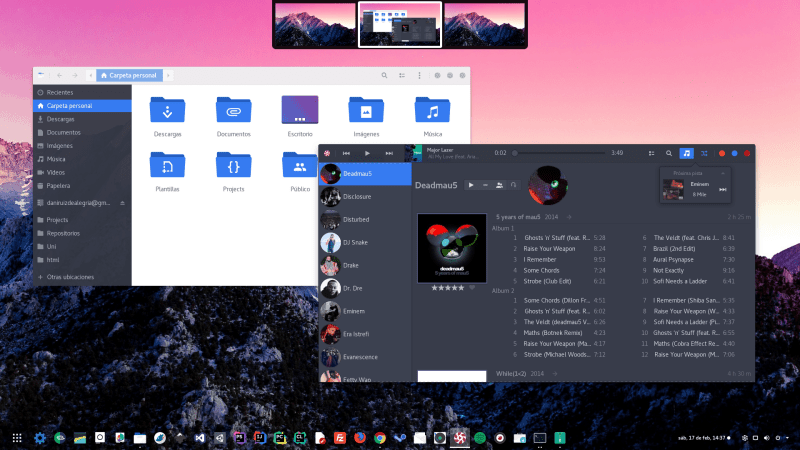
The GNOME Tweaks is a must-have utility for any GNOME user. It helps you configure the looks and functionality of the desktop. I find it surprising that this tool is not even in the Main repository of Ubuntu. In my opinion, it should be installed by default. Till then, you’ll have to install the GNOME Tweaks tool in Ubuntu manually.
If you find some hidden gem in GNOME Tweaks that hasn’t been discussed here, why not share it with the rest of us?
It's FOSS turns 13! 13 years of helping people use Linux ❤️
And we need your help to go on for 13 more years. Support us with a Plus membership and enjoy an ad-free reading experience and get a Linux eBook for free.
To celebrate 13 years of It's FOSS, we have a lifetime membership option with reduced pricing of just $76. This is valid until 25th June only.
If you ever wanted to appreciate our work with Plus membership but didn't like the recurring subscription, this is your chance 😃


